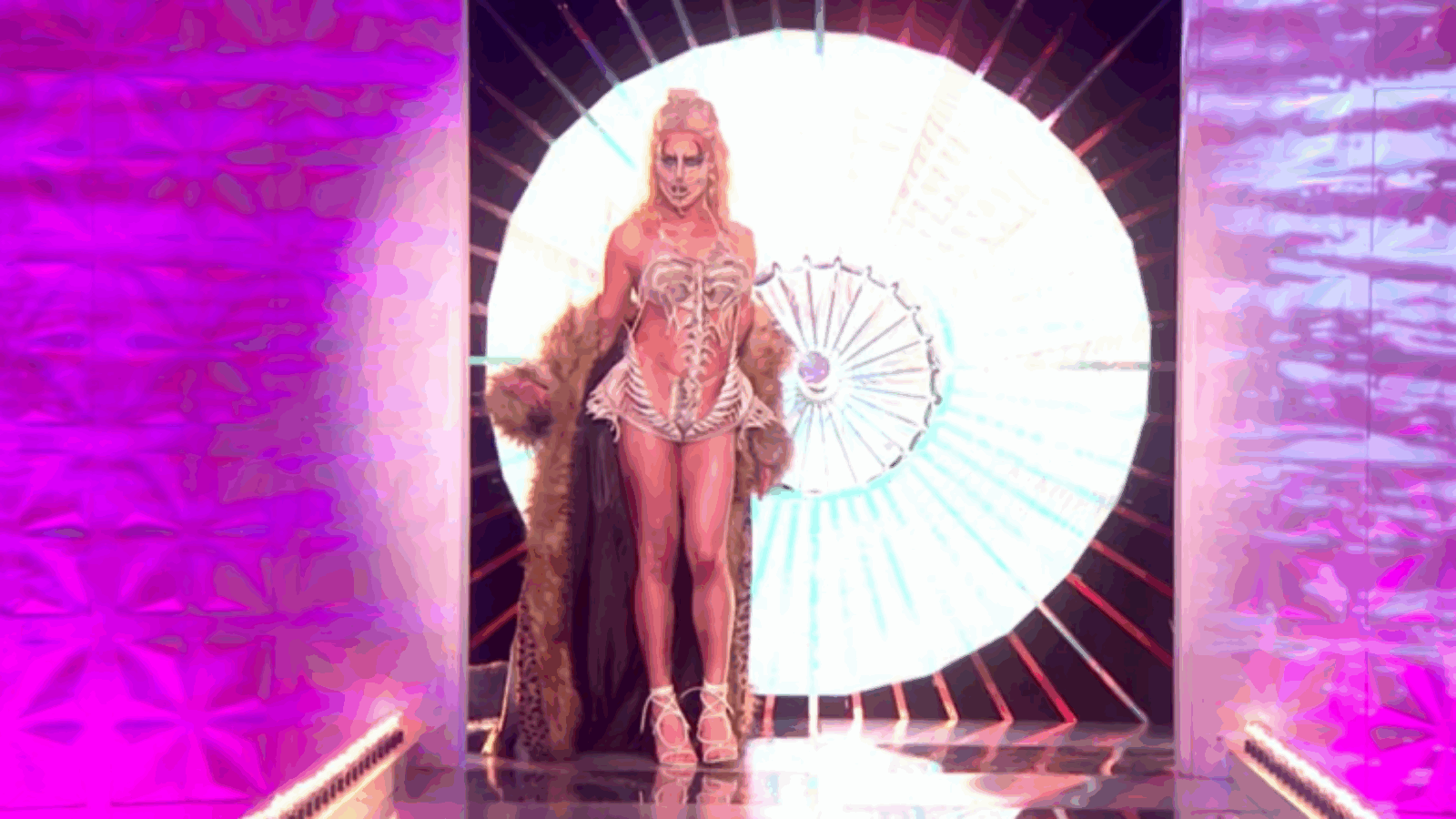Last night, as I watched the latest episode of RuPaul’s Drag Race UK—the British spinoff of the long-running American reality TV competition that seeks to crown the next drag superstar—I was surprised and excited to hear the words 3D printing pop up.
This week, the contestants were asked to showcase looks that reflected “Pre-Herstoric Drag”, a theme that prompted several variations: from animal print dresses and rotten teeth, to a voodoo priestess and even a bacteria-inspired ensemble. One of my personal favorites was worn by A’Whora, a drag queen with a penchant for polished, creative looks.
Manufacturing on Demand
A’Whora stomped the Drag Race UK runway wearing a highly fashionable exoskeleton, which she proudly stated was custom made for her body (and face!) using 3D printing technologies. As she explained on the show: “This outfit is one of the most intricate things I’ve ever made, I had it 3D printed to every contour of my body through a scanner. This mask is even shaped to every dimension of my drag makeup.”
I shouldn’t be surprised, really. The drag queens on RuPaul’s series consistently deliver cutting-edge and wonderfully creative looks on the runway; it was only a matter of time before 3D printing entered the mix. It is also not the first time that 3D printing has been used by a contestant: in 2018, Aquaria (who ultimately went on to win the 10th season of RuPaul’s Drag Race) wore a 3D printed skeleton mask designed by Kevin Freitas Conlin. The mask was customized to her face, covering her ears and jaw, with interlocking elements—like earrings—built in. This mask was reportedly 3D printed using SLS technology by Shapeways.
Back to last night’s episode. Another queen also brought out a “pre-herstoric” look that was inspired by a designer who heavily uses 3D printing in her work: Iris van Herpen. Bimini Bon-Boulash came onto the stage dressed in a high-fashion look inspired by bacteria. Explaining the dress to the judges, she said her main inspiration was Dutch designer Iris van Herpen, who draws from the structure of microorganisms in her own couture. She has also, famously, used 3D printing to construct many of her garments, including 3D printed face jewelry, as well as numerous dresses and even shoes.
* This article is reprinted from 3D Printing Media Network. If you are involved in infringement, please contact us to delete it.
Author: Tess Boissonneault




Leave A Comment